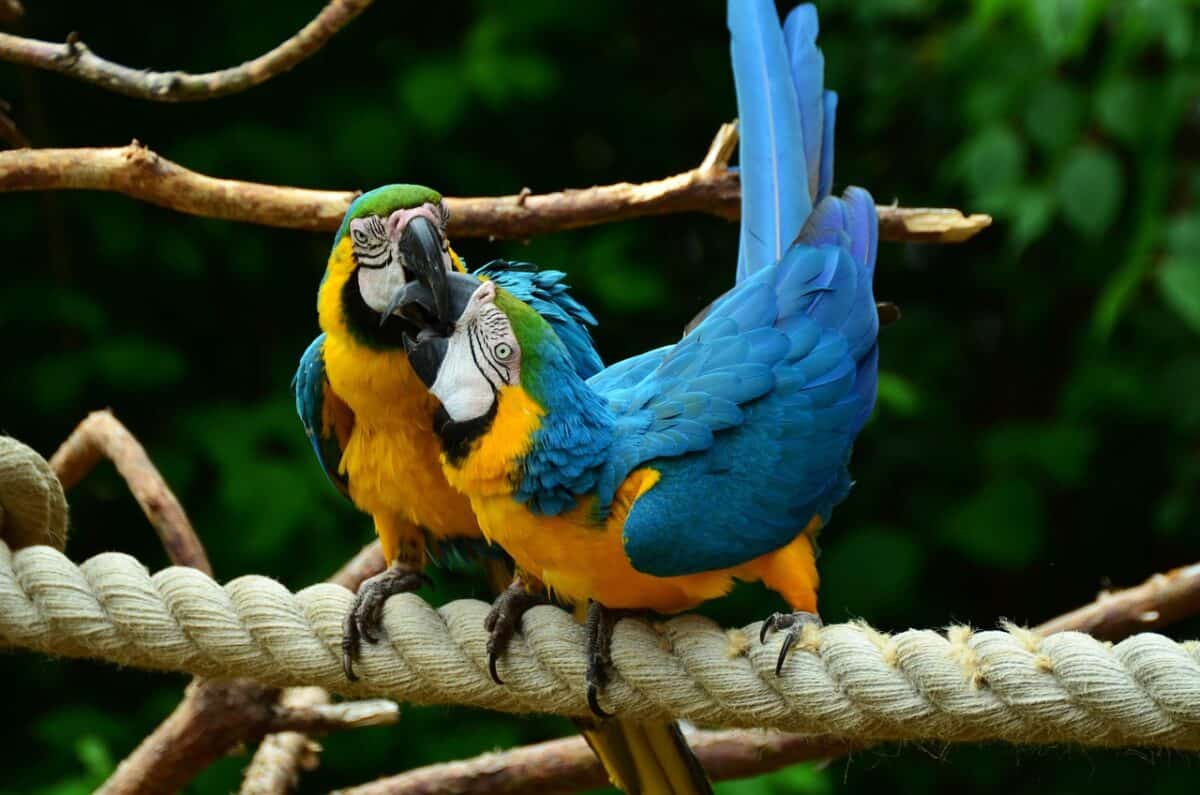Parrots, with their vibrant plumage and remarkable intelligence, have captivated human attention for centuries. These charismatic birds belong to the order Psittaciformes, which includes more than 350 species ranging from tiny lovebirds to magnificent macaws. Beyond their beautiful colors and entertaining antics lies a world of astonishing capabilities and characteristics that most people never realize. From cognitive abilities rivaling those of human children to extraordinary physical adaptations, parrots are truly exceptional creatures. The following collection of facts showcases just how remarkable these feathered wonders truly are, revealing why they continue to fascinate scientists, pet owners, and bird enthusiasts worldwide.
15. Parrots Can Live as Long as Humans
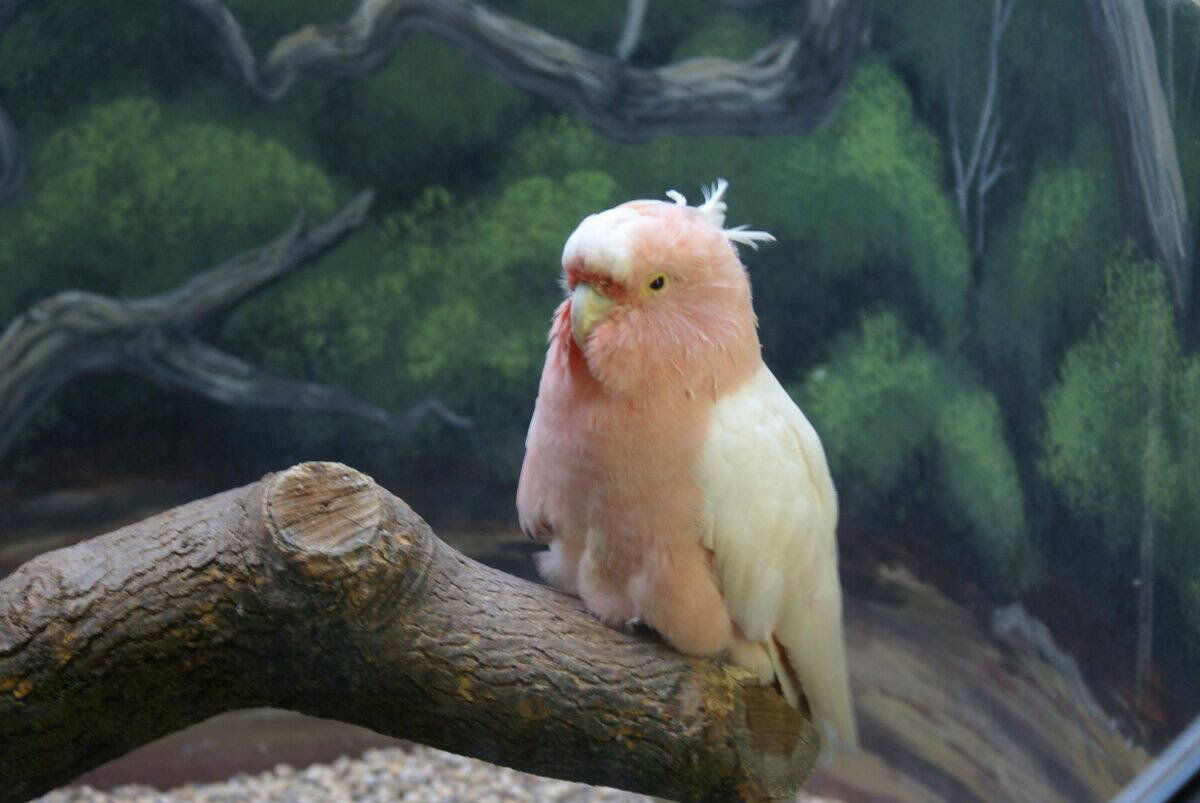
While most pet birds have relatively short lifespans, many larger parrot species demonstrate remarkable longevity that rivals or even exceeds human lifespans. Macaws, for instance, commonly live 50-70 years in proper care, while African Grey parrots frequently reach 50-60 years of age. The record-holder among parrots is a Major Mitchell’s cockatoo named Cookie who lived at Brookfield Zoo in Chicago until the age of 83. This extraordinary longevity means that parrots often outlive their owners, necessitating provisions in wills and estate planning. Their long lifespan also creates a profound multi-generational bond, with parrots sometimes being passed down as beloved family members from parents to children.
14. Parrots Have the Intelligence of a 5-Year-Old Child
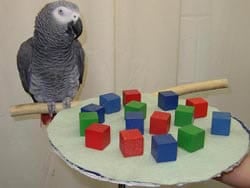
Cognitive research has consistently demonstrated that parrots possess intellectual capabilities comparable to those of human children between 4-6 years old. African Grey parrots, in particular, have shown exceptional cognitive abilities. The famous African Grey named Alex, studied by Dr. Irene Pepperberg, demonstrated understanding of concepts like “same” and “different,” colors, shapes, and numbers. He had a vocabulary of over 100 words and could use them in context, not just mimicking. Remarkably, studies show that parrots can solve complex problems, use tools, understand cause and effect, and even display a sense of humor. Their capacity for abstract thinking allows them to navigate complex social hierarchies in the wild and adapt to changing environments with impressive flexibility.
13. Some Parrots Can Learn Thousands of Words
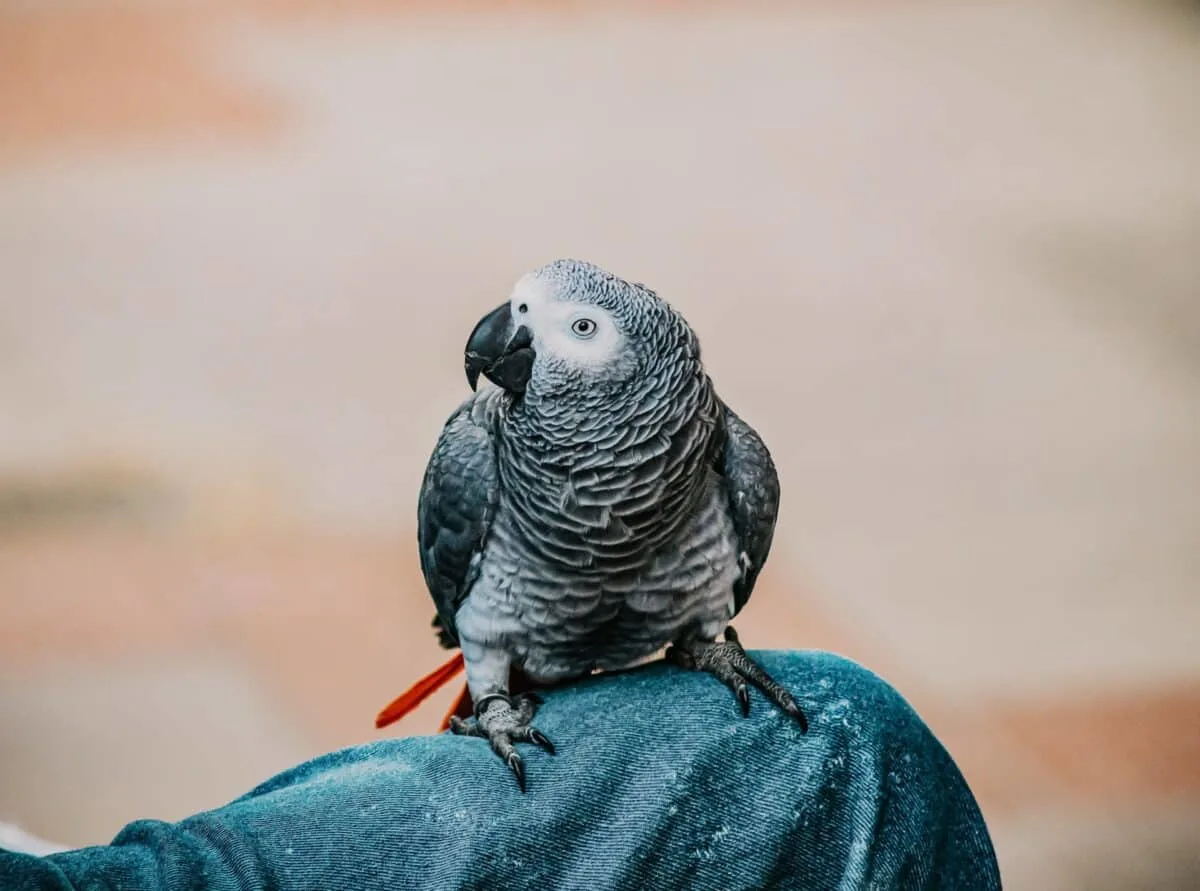
The language capabilities of parrots far exceed simple mimicry. African Grey parrots have documented vocabularies of 1,000-2,000 words, with some exceptional individuals learning even more. What’s truly remarkable is that these birds don’t just repeat words—they often demonstrate understanding of their meaning and can use them in appropriate contexts. Einstein, a famous African Grey parrot, knew over 200 phrases and could respond to specific questions with relevant answers. Beyond vocabulary size, studies indicate that parrots understand basic grammar rules and can combine words to create novel phrases they’ve never heard before. Their vocalization abilities are made possible by a specialized vocal organ called the syrinx, which is more complex than the human larynx, allowing them to reproduce an astonishing range of sounds from human speech to mechanical noises with startling accuracy.
12. Parrots Have Zygodactyl Feet
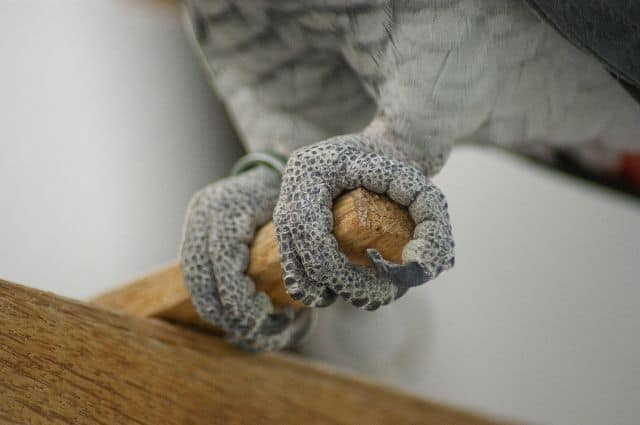
Unlike most birds that have three toes pointing forward and one backward, parrots possess zygodactyl feet—meaning they have two toes pointing forward and two pointing backward. This unique foot structure functions essentially as hands, providing exceptional dexterity for manipulating objects, climbing, and maintaining balance. Their powerful grip allows parrots to hang upside down while eating, climb vertical surfaces with ease, and hold food items while eating them. The impressive strength in these specialized feet enables even large macaws to support their entire body weight on a single foot while using the other to manipulate food or objects. This adaptation is a key factor in parrots’ success as arboreal species, allowing them to navigate complex three-dimensional environments in forest canopies with remarkable agility and precision.
11. Parrots Have Specialized Beaks for Different Diets

The distinctive curved beak of parrots is a remarkable multipurpose tool adapted specifically to each species’ dietary needs. Macaws possess immensely powerful beaks capable of cracking open Brazil nuts and other hard-shelled foods that would require a sledgehammer for humans to open—exerting pressure exceeding 1,000 pounds per square inch. Meanwhile, lorikeets have specialized brush-tipped tongues designed to collect nectar and pollen. The parrot’s upper mandible is uniquely hinged to the skull, providing additional mobility and strength compared to other birds. This specialized beak serves multiple functions beyond feeding; it aids in climbing, manipulating objects, preening feathers, and even serves as a formidable defensive weapon when needed. The constant growth of their beaks throughout their lives necessitates regular wear through natural foraging behaviors or, in captivity, through provided chewing materials.
10. Parrots Use Both Feet to Eat
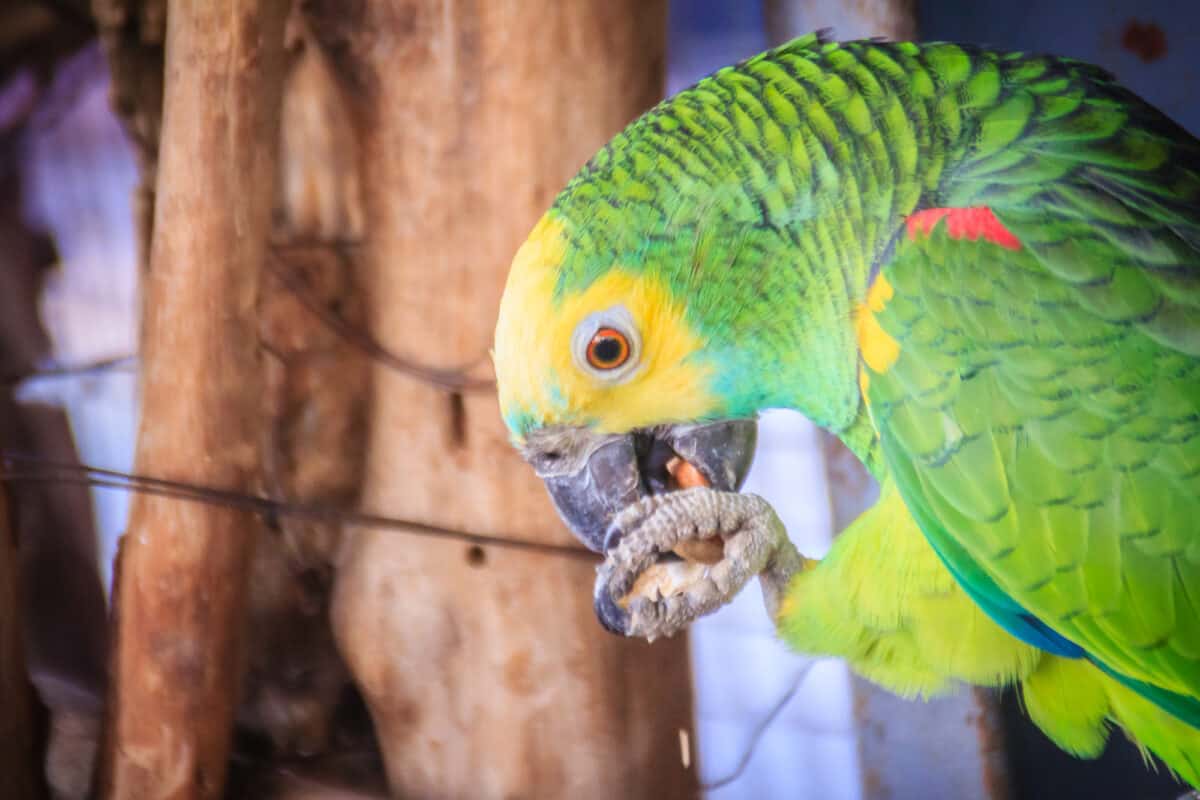
Unlike most birds that must peck at their food directly with their beaks, parrots have evolved the remarkable ability to use their feet as hands during feeding. They skillfully hold food items in one foot while taking bites with their powerful beaks, displaying a level of coordination more similar to primates than to other avian species. This behavior allows for more precise manipulation of food items and more efficient feeding. Interestingly, research indicates that many parrots show “handedness” preferences, consistently favoring either their right or left foot for holding food, similar to human right or left-handedness. This advanced coordination between beak and feet allows parrots to access food sources that would be inaccessible to other birds, giving them a significant ecological advantage in their native habitats and contributing to their evolutionary success across diverse environments.
9. Parrots Have Powder Down Feathers

Many parrot species possess specialized feathers called powder down that continuously grow, disintegrate, and produce a fine, talcum-like powder. This natural powder serves as a waterproofing agent and maintains feather condition by absorbing dirt, dust, and the oils produced by the bird’s skin. African Grey parrots are particularly known for producing large amounts of this powder, which helps explain their immaculate appearance. The powder down acts as a natural dry shampoo, allowing parrots to stay clean without frequent bathing—a valuable adaptation in environments where water may be scarce. This unique feature contributes to their overall health and flight efficiency by maintaining optimal feather condition. However, this same powder can cause respiratory issues in sensitive humans, sometimes triggering allergic reactions in people who keep parrots as pets.
8. Parrots Are Among the Most Endangered Bird Groups

Despite their popularity as pets, parrots face serious threats in the wild, with nearly one-third of all parrot species classified as threatened or endangered. The greatest threats come from habitat destruction, with rainforest deforestation eliminating crucial nesting sites and food sources. The illegal wildlife trade continues to devastate wild populations, with poachers targeting brightly colored species like Spix’s Macaw, which became extinct in the wild largely due to trapping for the pet trade. Climate change further threatens parrots by altering the timing of flowering and fruiting plants they depend on for food. Conservation efforts focus on habitat protection, breeding programs, and fighting wildlife trafficking, but recovery is challenging due to parrots’ slow reproductive rates. Species like the Kakapo of New Zealand, with fewer than 200 individuals remaining, highlight the precarious situation many parrot species face despite intensive conservation interventions.
7. Parrots Can See Ultraviolet Light
The visual world of parrots extends beyond human perception thanks to their ability to see ultraviolet (UV) light. While human eyes have three types of color receptors (cones), parrots possess four, including one specifically for detecting UV wavelengths. This enhanced vision reveals patterns on feathers invisible to the human eye, playing a crucial role in mate selection and species recognition. Research has shown that what appears as uniform green plumage to humans often displays intricate UV patterns that parrots can clearly distinguish. This adaptation also provides advantages in foraging, as many fruits and berries reflect UV light when they reach peak ripeness, helping parrots identify optimal food sources. Their enhanced color perception also aids in navigation, predator detection, and identification of nesting materials, giving parrots a literally different view of the world than humans experience.
6. Parrots Have Distinct Regional Dialects
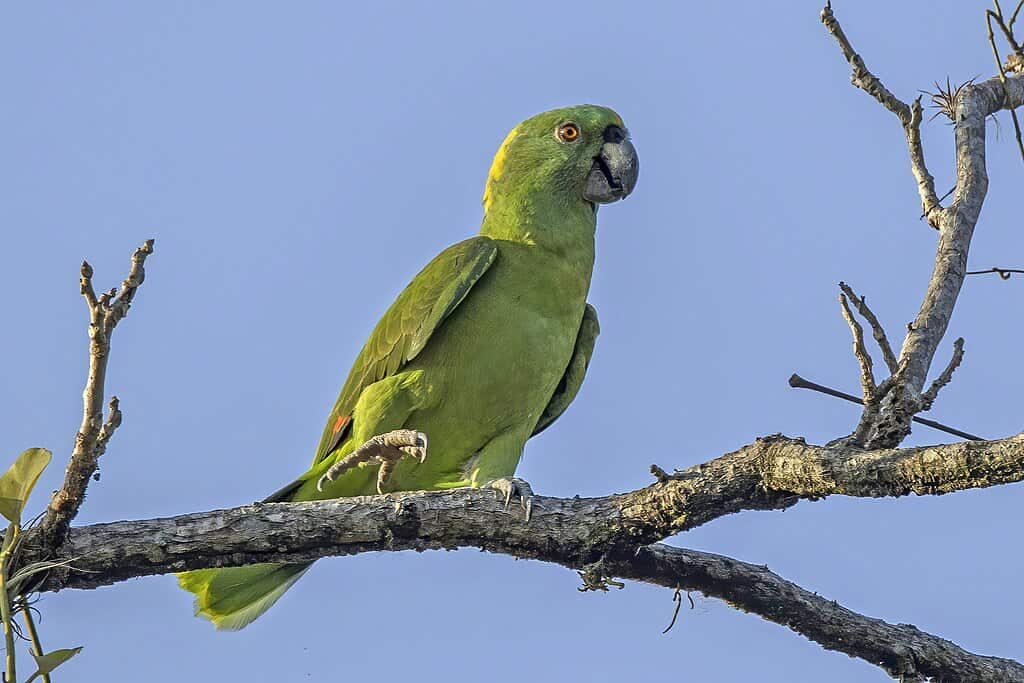
Just as humans develop regional accents, wild parrots develop distinct dialects based on their geographic location. Research has documented that Yellow-naped Amazon parrots in Costa Rica have different calls depending on which part of the country they inhabit, with birds from different regions using distinctly different vocalizations that serve as geographical identifiers. Young parrots learn these regional “accents” from their parents and flock members, creating a cultural transmission of vocal patterns. Even more fascinating, when populations mix, new hybrid dialects can emerge over time. These dialect differences help maintain social cohesion within flocks and may play a role in mate selection, with birds often preferring partners who share their dialect. This sophisticated vocal learning ability reflects the advanced neural pathways in the parrot brain dedicated to vocal learning and production—pathways that share surprising similarities with those found in human brains.
5. Parrots Practice Self-Medication
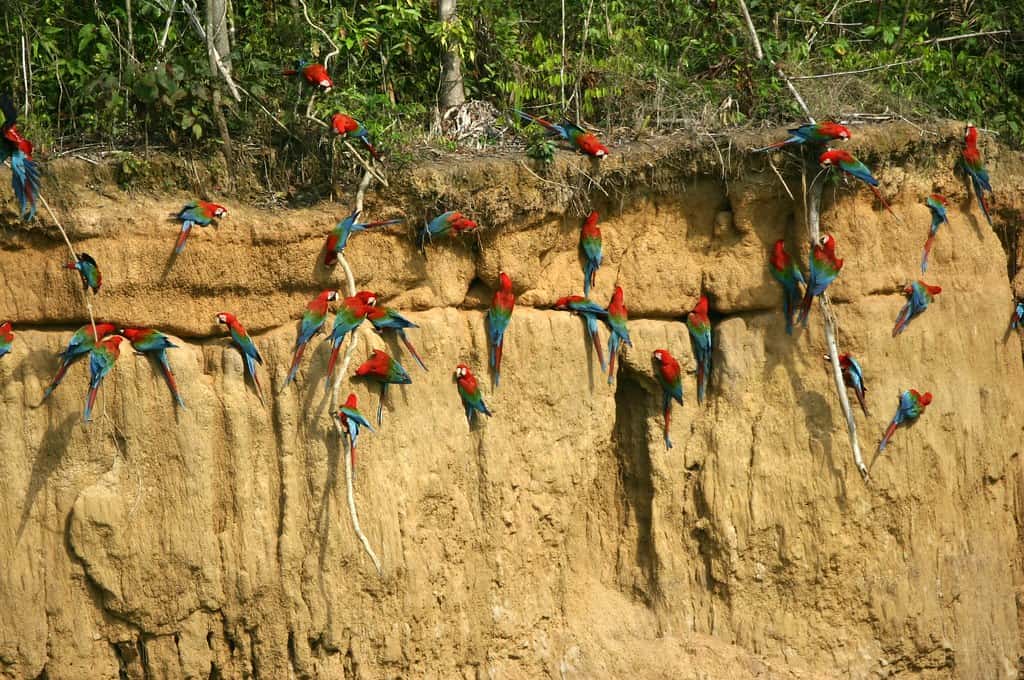
Wild parrots have been observed engaging in remarkable self-medication behaviors, deliberately seeking out and consuming specific plants with medicinal properties when ill. In South America, macaws, parrots, and parrotlets regularly visit exposed clay banks—called clay licks—to consume clay rich in minerals that binds to toxic compounds in their diet, particularly from unripe fruits and seeds they consume. This clay consumption effectively detoxifies their food and provides essential minerals. Similarly, parrots in various regions have been documented eating specific leaves, fruits, and bark containing compounds with anti-parasitic or anti-bacterial properties when showing signs of illness. Scientists studying these behaviors have identified several plant species used by parrots that contain compounds now being investigated for potential pharmaceutical applications. This sophisticated health management represents another dimension of parrot intelligence and survival adaptation that has evolved over millions of years.
4. Parrots Can Remember Face and Voices for Years
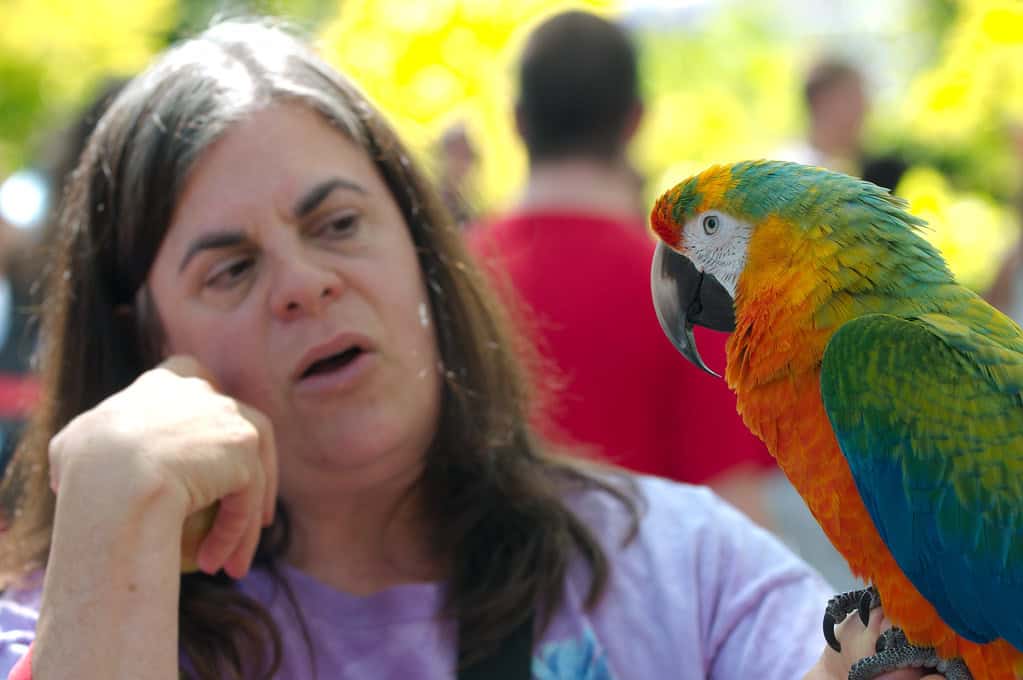
The exceptional memory capabilities of parrots allow them to recognize individual human faces and voices even after years of separation. Numerous documented cases exist of parrots recognizing previous owners after decades apart, responding enthusiastically to their voices and faces while ignoring strangers. This remarkable cognitive ability serves important survival and social functions in the wild, enabling parrots to recognize flock members, potential mates, and predators over their long lifespans. Their memory extends beyond simple recognition to include complex associations—parrots can remember which humans have treated them well or poorly and adjust their behavior accordingly. In captivity, this memory capacity allows parrots to learn elaborate routines, remember hidden food locations, and develop extensive vocabularies. This cognitive feature, combined with their emotional intelligence, creates the deep bonds that make parrots such compelling companions while highlighting the ethical responsibility of providing lifelong care for these long-lived, socially complex birds.
3. Parrots Form Lifelong Pair Bonds
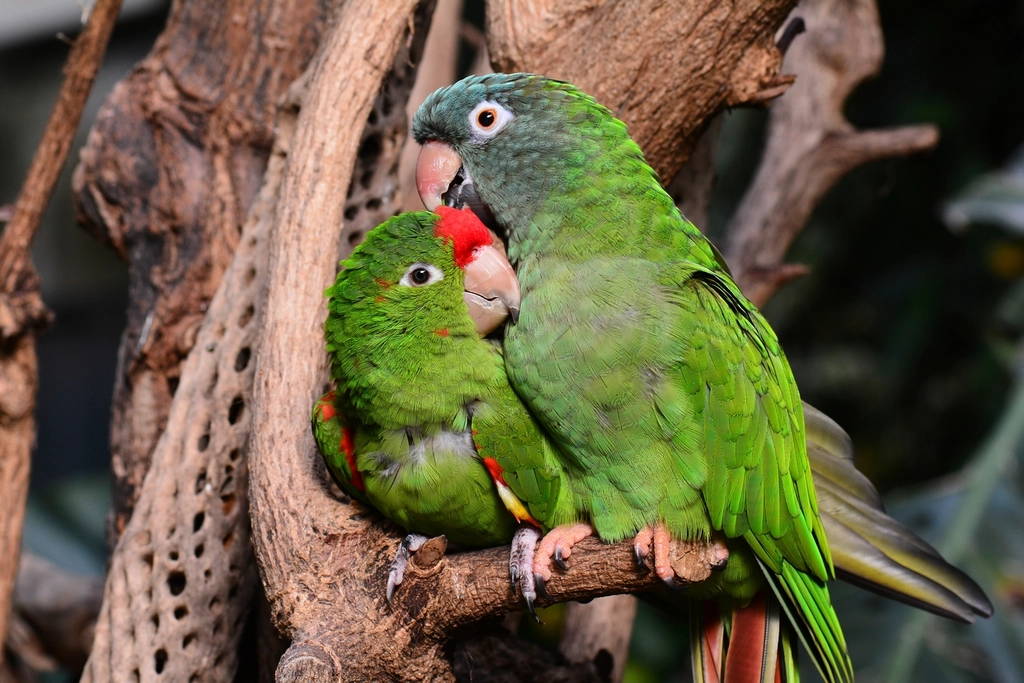
Most parrot species exhibit remarkable relationship loyalty, forming monogamous pair bonds that often last a lifetime. These partnerships extend beyond mere breeding arrangements into complex social relationships that include mutual grooming, food sharing, coordinated vocalizations, and even apparent grief behaviors when a partner dies. Research has documented pairs engaging in synchronized movements, duet calling, and cooperative problem-solving. In species like macaws and cockatoos, pairs remain together year-round, not just during breeding season, and may spend hours daily in physical contact and mutual preening. This social structure has significant implications for captive parrots, who often become deeply attached to their human caregivers or other household pets as substitute flock members. The depth of these bonds makes parrots particularly vulnerable to separation anxiety and depression when isolated, highlighting why solitary confinement is especially detrimental to their psychological wellbeing.
2. Parrots Dance to Music With Rhythm
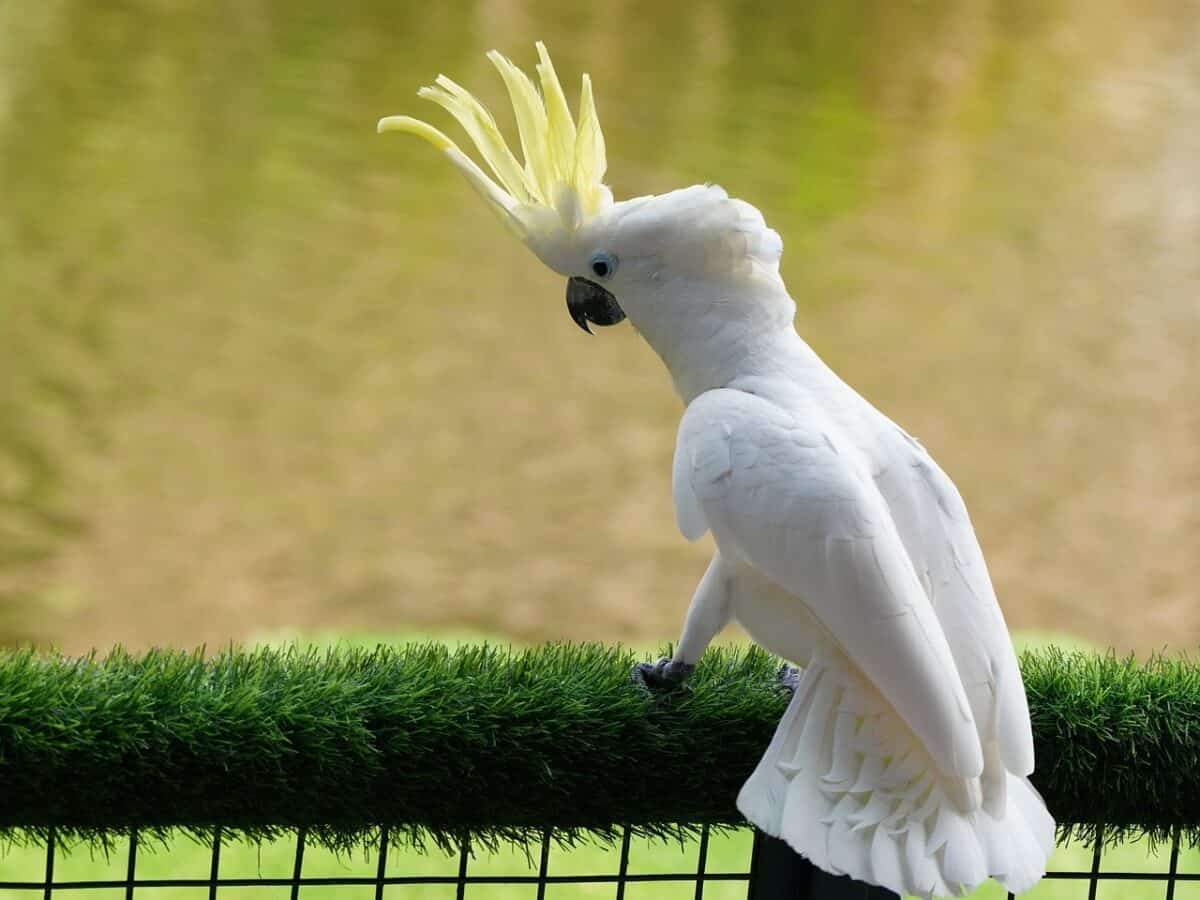
Sulphur-crested cockatoo dance. Image via Unsplash
Groundbreaking research has confirmed that parrots are among the few animals capable of genuine rhythmic entrainment—the ability to synchronize body movements to external beats. This rare capability, once thought unique to humans, has been most famously demonstrated by Snowball, a sulphur-crested cockatoo whose dance videos went viral but also became the subject of serious scientific study published in Current Biology. Researchers found that Snowball could adjust his movements to tempo changes and demonstrated 14 distinct dance moves, suggesting not just mimicry but creative interpretation of music. Neurological studies reveal that this ability stems from the same brain pathways parrots use for vocal learning, creating a unique neural link between auditory processing and motor control. This capacity for rhythmic synchronization appears to be most developed in vocal learning species, including parrots, elephants, and some cetaceans, suggesting an evolutionary connection between the ability to learn vocalizations and the ability to move rhythmically to external beats.
1. Parrots Experience Complex Emotions

Neurological studies have revealed that parrots possess highly developed limbic systems—the brain region responsible for emotion—with structures analogous to those found in primates. This neural architecture enables parrots to experience a sophisticated range of emotions including joy, grief, jealousy, anger, and empathy. Researchers have documented parrots exhibiting clear signs of depression following the loss of a companion, sometimes including self-destructive behaviors like feather plucking. Conversely, parrots display unmistakable expressions of joy through play behaviors, vocalizations, and distinctive body language. Perhaps most remarkably, studies have observed apparent empathetic behaviors, with parrots comforting distressed companions through physical contact and soft vocalizations. Their emotional responses extend to humans as well, with many parrots forming deep attachments to their caretakers and showing distinct preferences for certain people. This emotional complexity creates the foundation for the profound bonds parrots form but also makes them vulnerable to psychological distress when their emotional and social needs aren’t met.
The remarkable facts about parrots we’ve explored reveal creatures of extraordinary capability, worthy of both our admiration and our conservation efforts. From their human-like lifespans and cognitive abilities to their unique physiological adaptations and complex emotional lives, parrots stand out as evolutionary marvels that challenge our understanding of animal intelligence and consciousness. Their capacity for language, memory, problem-solving, and emotional connection creates ethical imperatives for how we interact with these birds, whether in the wild or as companions. As we continue to learn more about parrot capabilities, we gain not only scientific insights but also a deeper appreciation for the diversity of minds that share our planet. These colorful ambassadors from the avian world remind us that intelligence and emotional depth take many forms in nature, inviting us to expand our concept of consciousness beyond mammalian paradigms and recognize the unique genius of feathered minds.
- The Coldest Town in America—And How People Survive There - August 9, 2025
- How Some Birds “Steal” Parenting Duties From Others - August 9, 2025
- 12 Deep-Sea Creatures You Won’t Believe Exist - August 9, 2025

